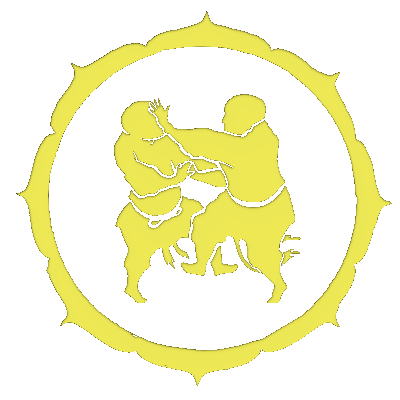Principles of shaolin boxing
Our public courses section
Explore our public section in order to get to know way of practicing, understanding, and teaching the Shaolin tradition. Through these previews gathered from years of video content, you will get to understand the gist of our lineage’s principles.
Si Shao (the 4 extremities)
The 4 extremities are 4 ends of their respective anatomical elements, which if activated in unison, will turn on the body’s “engine” for generating raw power.
In this video, master Hu explains the internal process used for working with these anatomical elements.
Yin and Yang in Martial arts
Yin and Yang is a concept from Chinese philosophy that seeks to explain the balance and interplay of opposites in nature, like light and dark, masculine and feminine, etc. In martial arts, it’s a practical concept used to understand balance, harmony, and the dynamics of movement, such as expansion and compression, breathing in and out, the interplay between gravity and power coming from the ground, internal and external, slow and fast, etc…
Six Harmonies coordination
In this video, master Hu explains how to coordinate the body for efficient and effortless movement and power generation.
The 6 harmonies principle is the highest ideal in this regard; The hands & feet, elbows & knees, shoulders & hips form the external harmonies, while the Will & Intent, the Intent & Qi, Qi & power form the internal harmonies.
The practice of Taolu
The use of Taolu (forms, kata, etc) are a special feature of Asian martial arts, allowing practitioners to apply and embody the principles of their style in the frame of prearranged sets of movements – often ancient collections of fighting techniques done in an exaggerated manner in order to develop optimal speed and strength.
The Shaolin Temple has been a center of development, preservation and refinement of Chinese martial arts – and the Taolu that you can learn in our online academy are an important part of his heritage.

